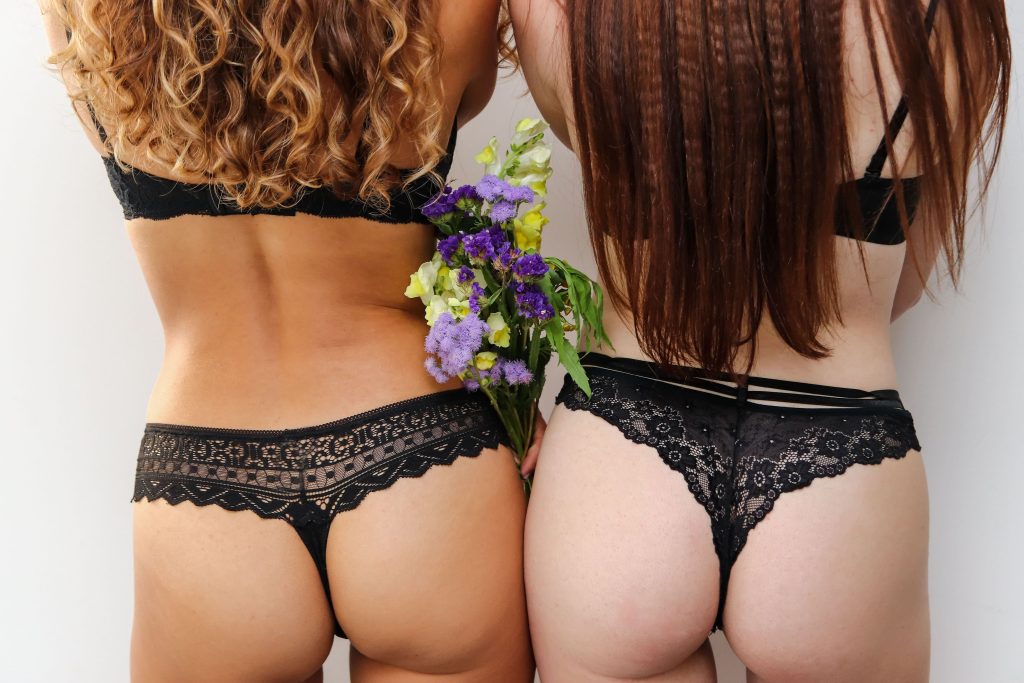Despite the fact that they have been a part of the gay and lesbian community for decades, many people are not aware of the importance of the Asian ebony lesbian. This article explores the importance of this culture, how it relates to black American lesbians, and the significance of Ache’s presence in the LGBTQ community.
Ache’s origins
Despite the demise of the Ache organization in the late 1990s, there is still much to be found in the Ache archives. The archives, housed in the Bay Area Lesbian Archives at the University of San Francisco, are a treasure trove of Black and brown lesbian history. This year, the Black Lesbian Archives is hosting a virtual exhibit on Ache from February 20th to March 28th, 2021. For more information, please contact Lenn Keller, executive director of the Ache Project, at 650-972-7727.
Although Ache was a small and nimble organization, it is notable for being the first non-White lesbian publication in the United States. It also had the longest run. It lasted for 27 issues between 1989 and 1995. During the organization’s heyday, the Ache Project was situated next to the offices of the former Black Panther Party. In addition to Ache, the project also produced a slew of publications and exhibitions. The Ache Project was a savior in a time of crisis, and the resulting legacy is still alive and well.
Ache’s influence on Black American lesbians
During the 1990s, Ache became the longest-running magazine for Black American lesbians. Its archives are critical to understanding the historical development of Black lesbian thought. Ache archives include a range of topics, including African religiosity, sexuality, and healthcare.
Ache’s influence on Black American lesbians was evident in the publication of a letter from an Afro-German lesbian activist. The activist, Ina Roder-Sissak, shared her experiences of anti-Black violence in Germany. She asked Ache members to send support letters.
Ache also published a black and white photo of lesbian photographer Cathy Cade in 1975 in Oakland, California. The photo, which features a Black lesbian elder, was featured in the September 1989 issue of the journal.
Ache published 27 issues from 1989 to 1995. The organization was founded by Lisbet Tellefesen. It was originally named the Oakland Women’s Press Collective. The group was formed by a group of multi-cultural dykes and distributed innovative publications.
The Black lesbian community in the Bay Area expanded into a global network, bringing together lesbians of all races and backgrounds. They also began to collaborate with lesbians of African descent in Canada and Barbados.
Performing arts group
Historically, the Asian ebony lesbian performing arts group was one of the first to be noticed in the US. In fact, the first Asian American woman to be featured on the cover of a mainstream magazine was Canyon Sam, in 1972. There was also a slew of Asian and Pacific Asian lesbians organizing on lesbian and queer issues during the mid-century.
Ache, on the other hand, was a monthly journal that was a bit of a hoot. The first edition of Ache came out in 1989, and it would publish 27 more issues until 1995. The best part was, it was free. It was a big hit in the San Francisco Bay Area, with readers from Oakland to Berkeley. Among its biggest fans were the National Coalition of Black Gays and the Bay Area Gay Alliance of Latin Americans. It also produced a few notable notables.
The aforementioned Ache was the brainchild of an ebony and tan, who goes by Lisbet Tellefesen, and she’s still around today. She’s co-authored the Kitchen Table: Women of Color Press with Audre Lorde and is a founding member of the Combahee River Collective.
Ache’s legacy
During the mid-1980’s, lesbians in the Bay Area created a new journal called Ache. The magazine became the longest-running journal of its kind in the Black lesbian community. Ache covered a wide variety of topics, from Black lesbians to African religiosity to healthcare. Its archives are important to understanding the history of Black lesbian thought and behavior. The Ache project’s archives are currently being made available through a virtual exhibit, which will run from February 20th to March 28th, 2021.
Ache was founded by Lisbet Tellefesen and Storme Webber. The magazine was first published in Berkeley and San Francisco in 1982 and 1984. It was a free, monthly journal. It was dedicated to Black lesbian-feminist Pat Parker. Later the name was changed to Ache Project, which later became a non-profit organization.
In addition to publishing articles on Asian and Black lesbian issues, Ache featured work from more than 200 writers, visual artists, and musicians. Ache also published letters from Afro-German lesbian activist Ina Roder-Sissak, who wrote about the anti-Black violence that occurred in Germany. In her letter, she asked Ache members to send her support letters.
